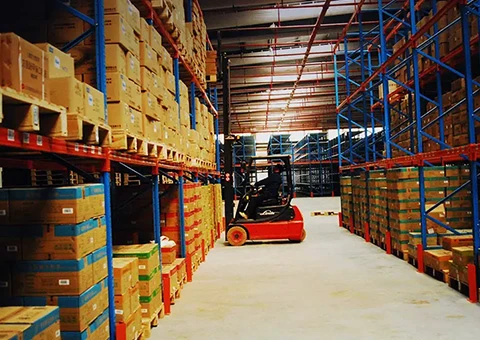heavy machinery relocation
Heavy Machinery Relocation Challenges and Considerations
Relocating heavy machinery is a complex undertaking that requires meticulous planning, precise execution, and a deep understanding of the logistical challenges involved. This process is not only integral to industries such as construction, mining, and manufacturing but also plays a critical role in ensuring minimal downtime and maximizing operational efficiency during transitions. In this article, we will explore the various aspects of heavy machinery relocation, including the challenges faced, the planning process, and best practices for ensuring a successful relocation.
Understanding the Challenges
The relocation of heavy machinery involves numerous challenges that can significantly impact time, cost, and safety. Firstly, the sheer weight and size of these machines pose significant transportation and handling challenges. Heavy equipment, such as cranes, excavators, and bulldozers, can weigh several tons, requiring specialized transportation methods such as low-boy trailers or flatbeds designed specifically for heavy loads.
Secondly, the complexity of disassembling and reassembling machinery can be daunting. Different machinery types have unique components that must be carefully handled to prevent damage. This often requires skilled technicians who are familiar with the specific machinery being relocated. Moreover, machinery may be interconnected with other systems, necessitating precise knowledge and coordination to ensure that everything is properly disconnected and reconnected at the new site.
Another significant challenge is the logistics of the relocation. This includes determining the safest and most efficient route for transportation, coordinating lifting and transport schedules, and ensuring that all necessary permits and legal requirements are met. Delays caused by regulatory compliance can lead to unexpected costs and can hinder the overall relocation process, making pre-planning and expert consultation essential.
Planning for Success
Effective planning is crucial when relocating heavy machinery. The first step in the process is conducting a thorough assessment of the machinery that needs to be moved. This includes an inventory of the equipment, determining its condition, and identifying any specific handling requirements. A professional machinery relocation team can provide expertise in evaluating the machinery and ensuring that it will be transported safely.
Once the machinery has been evaluated, a detailed relocation plan should be developed. This plan should outline every step of the process, from disassembly and transportation to reassembly and testing at the new site. Key elements of the plan should include
1. Timeline Development Establish a realistic timeline that takes into account all stages of the relocation process, including preparation, transportation, and setup at the new location.
2. Resource Allocation Identify the resources needed for the relocation, such as specialized trucks, cranes, and skilled labor. Ensuring that the right equipment is available on time is critical for preventing delays.
heavy machinery relocation

4. Communication Maintain open lines of communication among all stakeholders, including management, relocation teams, and any third-party vendors. Constant communication helps in addressing any challenges that arise during the process.
Best Practices for Relocation
To ensure a successful heavy machinery relocation, consider the following best practices
- Engage Professionals Hire experienced professionals who specialize in heavy machinery relocation. Their expertise can help navigate the complexities of the process and ensure that everything is executed smoothly.
- Conduct Safety Assessments Prioritize safety by conducting thorough risk assessments before beginning the relocation process. Identifying potential hazards can help mitigate risks and protect workers during the move.
- Use Technology Employ advanced technology, such as 3D modeling and computer-aided design (CAD), to assist in visualizing the relocation process. This technology can help in planning routes and setups more effectively.
- Testing and Calibration Once the machinery has been relocated, ensure that it undergoes thorough testing and calibration to confirm that it operates correctly and efficiently in its new environment.
Conclusion
Relocating heavy machinery is a multifaceted process that requires careful planning, skilled execution, and proactive management of challenges. By taking a strategic approach and employing best practices, businesses can ensure that their machinery relocation is completed efficiently, safely, and with minimal disruption to operations. As industries continue to evolve and expand, mastering the art of heavy machinery relocation will remain a critical necessity for success.
-
YS Permanent Lifting Magnets: The Smarter Way to Handle SteelNewsMay.22,2025
-
PML Magnetic Lifters: Revolutionize Your Steel HandlingNewsMay.22,2025
-
Powerful Magnetic Lifters: The Smart Way to Handle SteelNewsMay.22,2025
-
Heavy-Duty Machine Moving Dollies: Move Anything with EaseNewsMay.22,2025
-
Heavy Machinery Movers: Your Ultimate Equipment Shifting SolutionNewsMay.22,2025
-
Adjustable Gantry Crane: Your Ultimate Lifting SolutionNewsMay.22,2025
-
Safe Lifting in Every Scenario: Redefining Efficiency with the Permanent Magnetic LifterNewsMay.19,2025
